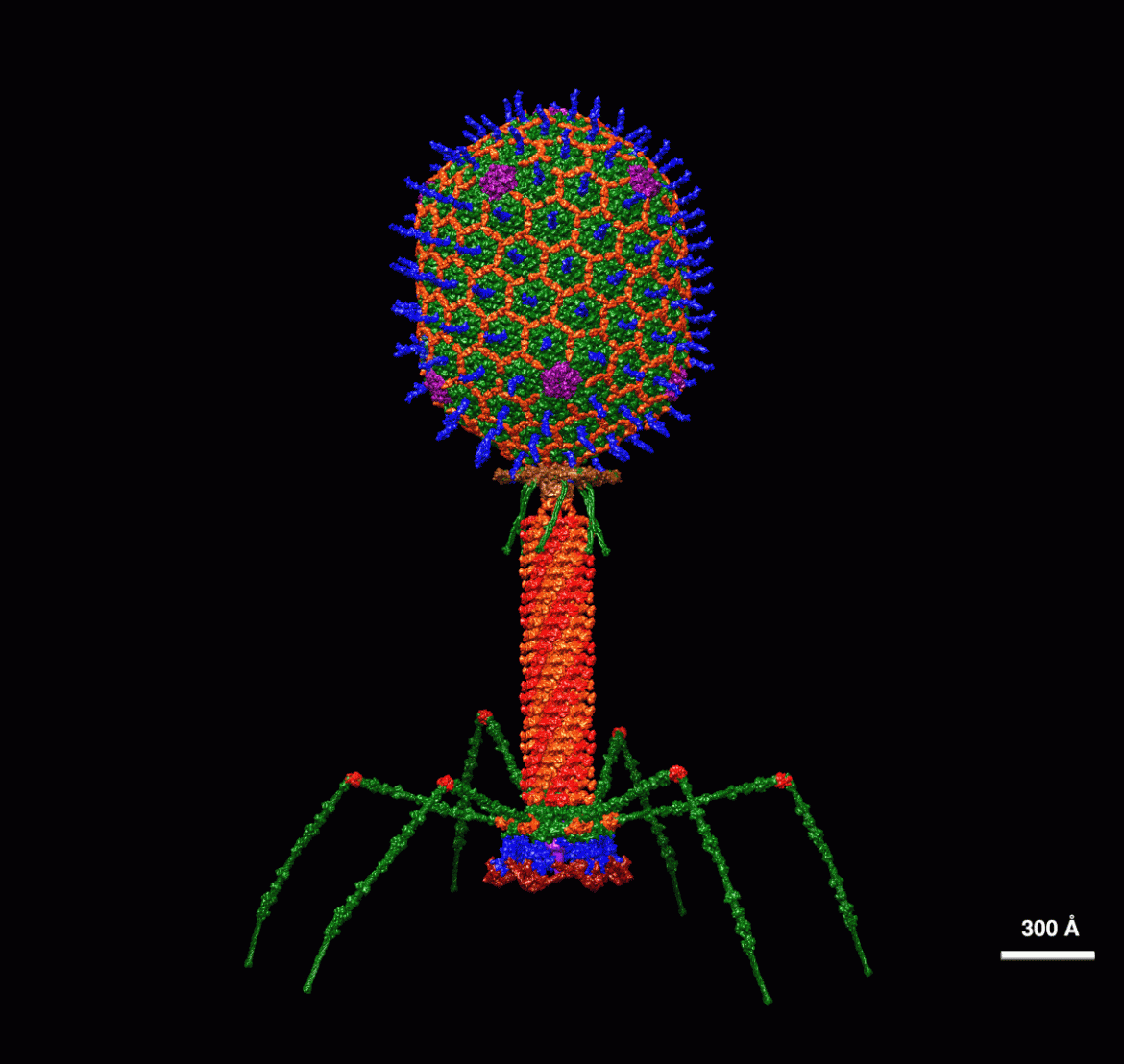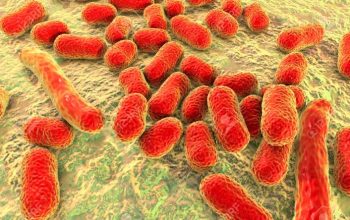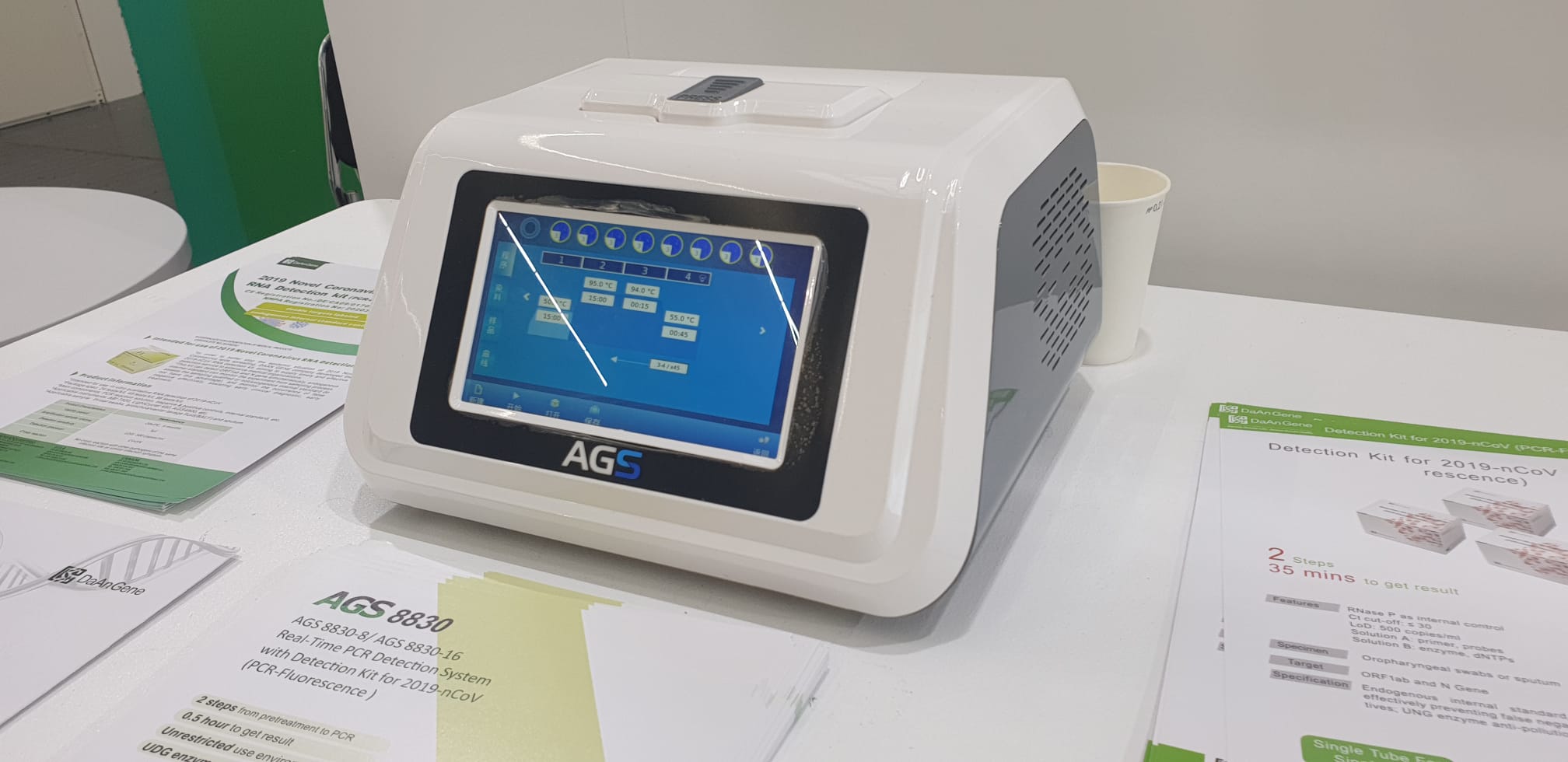Abstract
Phage T4 has provided innumerable contributions to the paradigms of genetics and biochemistry. Its complete genome sequence of 168,903 bp encodes around 300 gene products. The biology of T4 and its genomic sequence provide the best-understood model for modern functional genomics and proteomics. Variations in gene expression, including overlapping genes, internal translation initiation, spliced genes, translation drift, and RNA processing, alert us to the caveats of purely computational methods.
The transcriptional pattern of T4 reflects its dependence on host RNA polymerase and the use of phage-encoded proteins that sequentially modify the RNA polymerase; Transcriptional activator proteins, a phage sigma factor, anti-sigma, and sigma decoy proteins also act to specify early, mid, and late promoter recognition. Post-transcriptional controls of T4 provide excellent systems for the study of RNA-dependent processes, particularly at the structural level.
The redundancy of Enterobacteria phage T4’s Recombinants DNA replication and recombination systems reveals how phage and other genomes stably replicate and repair in different environments, providing insights into genome evolution and adaptations to new hosts and growth environments. In addition, genomic sequence analysis has provided new insights into tail fibre variation, lysis, gene duplications, and membrane protein localization, while the high-resolution structure determination of the “device of cell perforation”, combined with three-dimensional image reconstruction of the baseplate, has revealed the mechanism of penetration during infection.
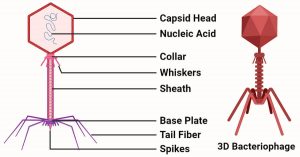
Despite these advances, nearly 130 potential T4 genes remain uncharacterized. Current phage sequencing initiatives are now revealing the similarities and differences between members of the T4 family, including those that infect bacteria other than Escherichia coli. T4 functional genomics will aid in the interpretation of these recently sequenced T4-related genomes and in expanding our understanding of the complex evolution and ecology of phages, the most abundant and among the oldest biological entities on Earth.
Product details
- Purity: greater than 90% as determined by SDS-PAGE.
- Target names: Wac
- Uniprot No: P10104
- Research Area: Cell Biology
- Alternative Names: wacFibritin; neck protein; Mustache antigen control protein
- Species: Enterobacteria phage T4 (Bacteriophage T4)
- Source: E.coli
- Expression Region: 2-487aa
- Mole Weight: 67.7 kDa
- Protein length: Total length of the mature protein
- Tag information: N-terminal 6xHis-SUMO-tagged
- Form: Liquid or Lyophilized Powder
- Buffer: Tris-based buffer, 50% glycerol
- Delivery time: 3-7 business days
Note:
We will preferably ship the format we have in stock, however, if you have any special requirements for the format, please remark your requirement when placing the order, we will prepare according to your demand.
Reconstitution
We recommend that this vial be briefly centrifuged before opening to bring the contents to the bottom. Reconstitute protein in sterile deionized water at a concentration of 0.1-1.0 mg/mL. We recommend adding 5-50% glycerol (final concentration) and an aliquot for long-term storage at -20°C/-80°C. Our final default glycerol concentration is 50%. Customers could use it for reference.
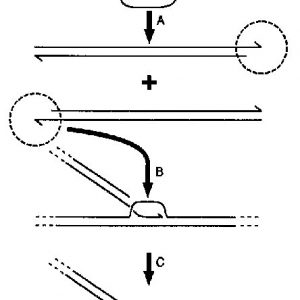
Storage Conditions
Store at -20°C/-80°C upon receipt, need to be aliquoted for multiple uses. Avoid repeated cycles of freezing and thawing.
Shelf life
Shelf life is related to many factors, storage condition, buffer ingredients, storage temperature and the stability of the protein itself. Generally, the shelf life of the liquid form is 6 months at -20°C/-80°C. The shelf life of the lyophilized form is 12 months at -20°C/-80°C.
Notes: Repeated freezing and thawing is not recommended. Store working aliquots at 4°C for up to one week.
